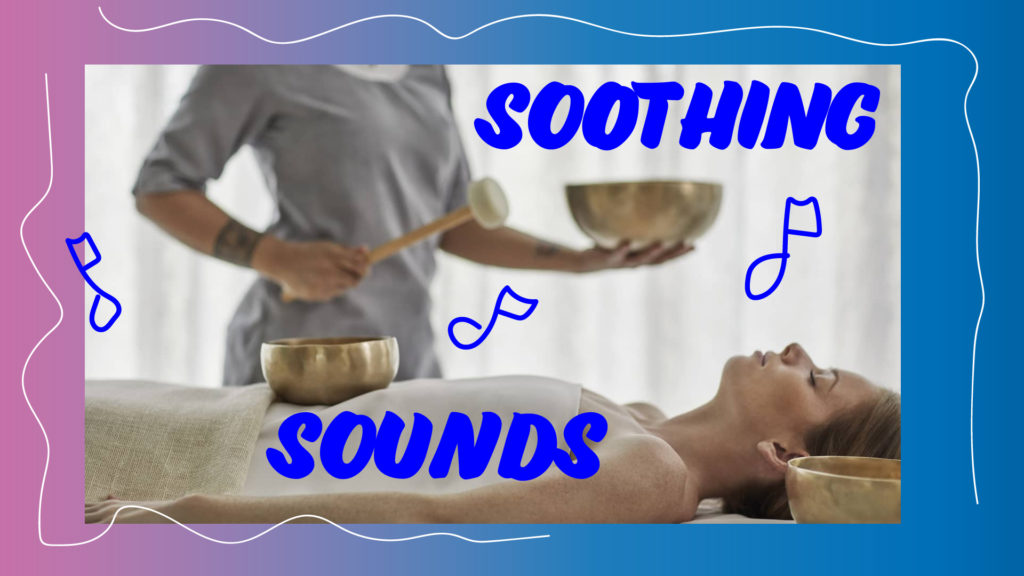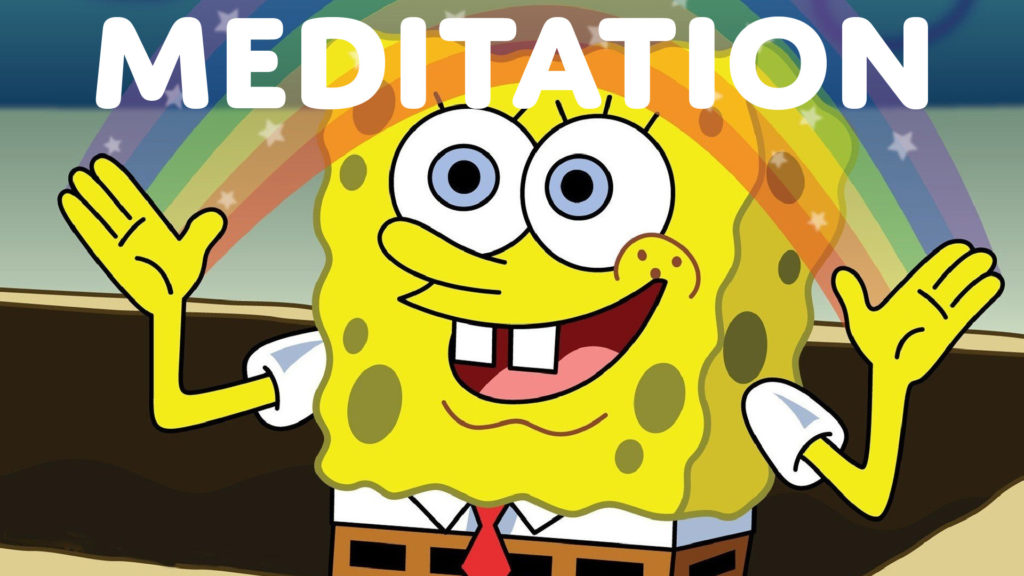Explore the therapeutic benefits of sound by listening to calming music, nature sounds, or engaging in sound healing practices like using singing bowls or tuning forks. Sound therapy can promote relaxation, reduce stress, and enhance overall well-being.
Listen to an Example of Sound Therapy
Embark on a healing journey with sound therapy, also known as sound healing: a a form of complementary therapy that utilizes sound vibrations to promote relaxation, reduce stress, and enhance overall well-being. It is often associated with New Age practices and holistic approaches to healing. The core principle of embarking on a healing journey with sound therapy is that sound can have a profound impact on our physical, mental, and emotional states.
In sound therapy, various instruments and techniques are employed to produce specific sounds and vibrations. Some common instruments used include singing bowls, tuning forks, gongs, drums, chimes, and rattles. These instruments are believed to emit healing frequencies that can resonate with different parts of the body and energy centers, known as chakras.

During a sound therapy session, the practitioner or therapist may use these instruments to create a soothing and harmonious environment. The participant lies down or sits comfortably while being surrounded by the sounds and vibrations. The aim is to induce a state of deep relaxation, allowing the body and mind to enter a state of balance and self-healing.
Proponents of sound therapy believe that sound vibrations can help release tension, balance energy flow, and promote a sense of calm and well-being. It is believed that the vibrations can penetrate deeply into the body, affecting cells, tissues, and energy systems.
While sound therapy is often associated with New Age practices, it is important to note that scientific research on its specific therapeutic effects is limited. However, many people find embarking on a healing journey with sound therapy to be a relaxing and enjoyable experience, contributing to a sense of calm and rejuvenation. It is often used as a complementary practice alongside other conventional therapies to support overall well-being.



